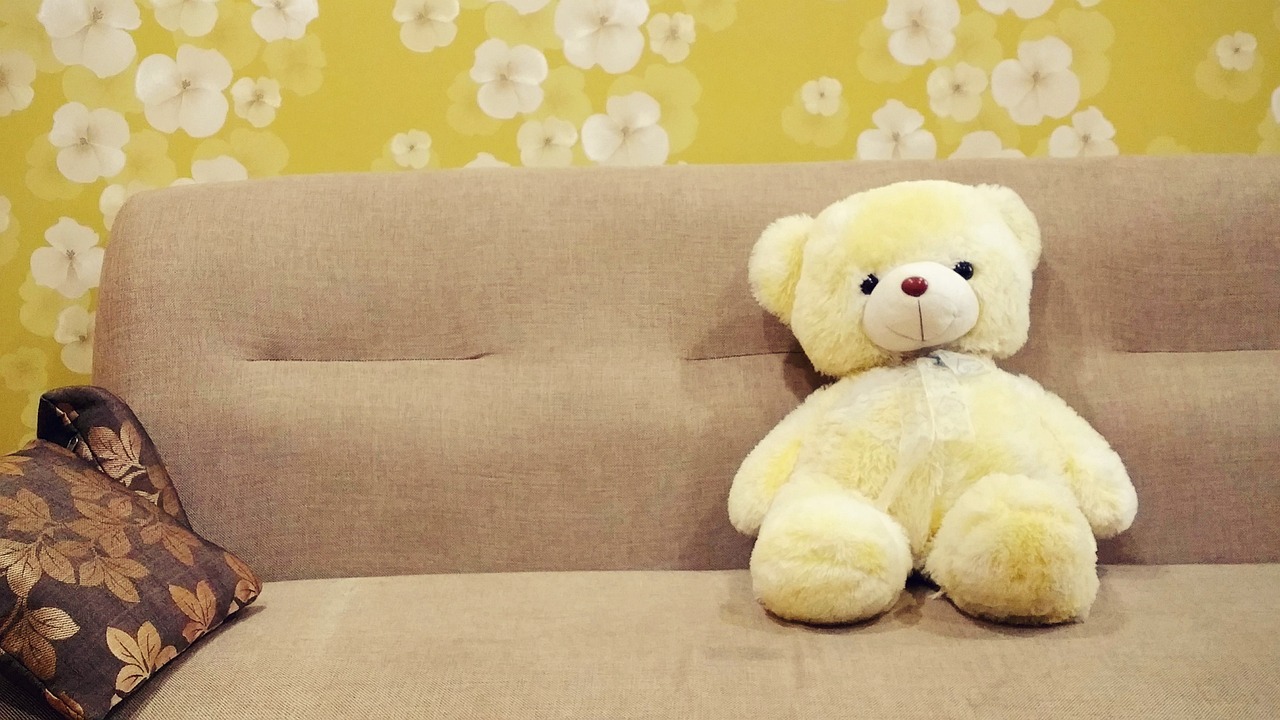
Childhood asthma is a common respiratory condition that affects millions of children worldwide. It is a chronic disease that can cause significant discomfort and distress for both children and their families. Despite its prevalence, asthma remains a complex and often misunderstood condition. Understanding the causes, symptoms, and treatment options for childhood asthma is essential for parents, caregivers, and healthcare professionals. In this comprehensive guide, we will delve into the intricacies of childhood asthma, providing a detailed overview of the condition, its symptoms, and the most effective strategies for managing and treating it. Whether you are a parent, caregiver, or healthcare professional, this guide will serve as an invaluable resource for decoding childhood asthma.
1. Understanding Childhood Asthma: Symptoms, Causes, and Diagnosis
Childhood asthma is a chronic respiratory condition that affects millions of children worldwide. It is characterized by inflammation and narrowing of the airways, which can cause breathing difficulties, wheezing, coughing, and chest tightness. Here are some of the most common symptoms of childhood asthma:
- Shortness of breath
- Chest tightness or pain
- Wheezing
- Coughing, especially at night or early in the morning
- Rapid breathing
- Fatigue or weakness
The causes of childhood asthma are not fully understood, but it is believed to be a combination of genetic and environmental factors. Some of the most common triggers of asthma in children include allergens (such as dust mites, pollen, and animal dander), respiratory infections, exercise, cold air, and air pollution. Diagnosis of childhood asthma typically involves a combination of medical history, physical examination, and lung function tests, such as spirometry and peak flow measurements. Treatment may include medications to control inflammation and open up the airways, as well as lifestyle changes to avoid triggers and improve overall respiratory health.
2. Treating Childhood Asthma: Medications, Inhalers, and Lifestyle Changes
Childhood asthma is a chronic respiratory condition that affects millions of children worldwide. Fortunately, there are several effective treatments available to manage and control the symptoms of childhood asthma. These treatments include medications, inhalers, and lifestyle changes.
Medications for childhood asthma are typically prescribed by a doctor and can be taken orally or inhaled. The most common types of medications used to treat childhood asthma include bronchodilators, corticosteroids, and leukotriene modifiers. Bronchodilators work by relaxing the muscles in the airways, making it easier to breathe. Corticosteroids help to reduce inflammation in the airways, while leukotriene modifiers block the effects of leukotrienes, which are chemicals that cause inflammation in the airways. Inhalers are also commonly used to deliver medication directly to the lungs, making them a fast and effective way to manage asthma symptoms. Lifestyle changes such as avoiding triggers, maintaining a healthy weight, and staying active can also help to manage childhood asthma. By working closely with a doctor and following a treatment plan, children with asthma can lead healthy and active lives.
3. Managing Childhood Asthma: Tips for Parents, Teachers, and Caregivers
Children with asthma require special attention and care from their parents, teachers, and caregivers. Here are some tips to help manage childhood asthma:
- Identify triggers: Work with the child’s doctor to identify triggers that can cause asthma symptoms. These triggers can include pollen, dust, mold, and pet dander. Once identified, take steps to avoid or reduce exposure to these triggers.
- Develop an action plan: Work with the child’s doctor to develop an asthma action plan. This plan should include steps to take when asthma symptoms occur, as well as steps to prevent symptoms from occurring. Make sure all caregivers are aware of the plan and know how to follow it.
- Encourage physical activity: Regular physical activity can help improve lung function and reduce asthma symptoms. Encourage the child to participate in physical activities that are appropriate for their age and fitness level.
Other tips to manage childhood asthma include:
- Ensure proper medication use: Make sure the child is taking their medication as prescribed by their doctor. Teach the child how to use their inhaler properly, and make sure all caregivers know how to use it as well.
- Monitor symptoms: Keep track of the child’s asthma symptoms and report any changes to their doctor. This can help the doctor adjust the child’s treatment plan as needed.
- Create a healthy environment: Keep the child’s living environment clean and free of allergens. Use hypoallergenic bedding, vacuum regularly, and keep pets out of the child’s bedroom.
In conclusion, childhood asthma is a prevalent condition that affects millions of children worldwide. It is a chronic disease that can have a significant impact on a child’s quality of life. However, with proper management and treatment, children with asthma can lead active and healthy lives. This comprehensive guide has provided valuable insights into the causes, symptoms, diagnosis, and treatment of childhood asthma. We hope that it has been helpful in decoding this complex condition and providing you with the information you need to manage your child’s asthma effectively. Remember, early detection and treatment are crucial in managing childhood asthma, so do not hesitate to consult your healthcare provider if you suspect that your child may be experiencing asthma symptoms. With the right support and care, your child can breathe easy and enjoy a happy and healthy childhood.








